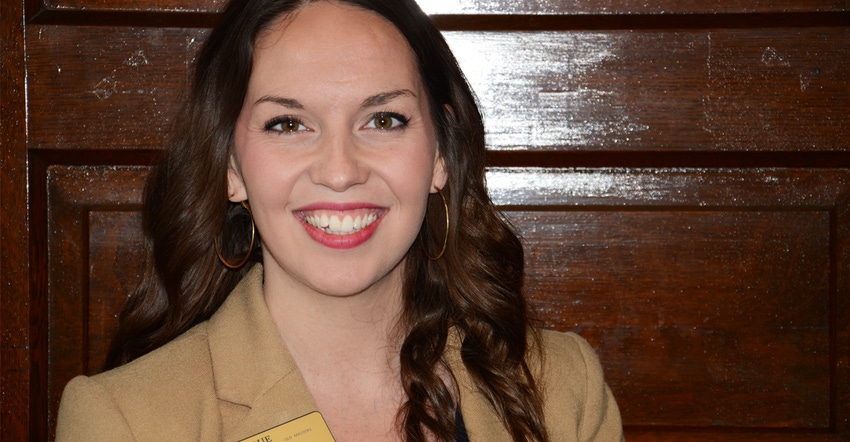January 9, 2017

Over the past few months, you’ve read articles written by young people with names that likely weren’t familiar to you. Each was a student in the Capstone Class for seniors in ag communication at Purdue University.
Many years ago the instructor, Chris Sigurdson, invited me to help students learn about writing. He asked if we could publish articles that met our standards. I agreed.
Three students published articles that first year. The joint project has become a mainstay, and we’re well into our second decade working together to give future ag journalists a taste for what the real world is like. From my end, it’s been a blast. I’ve worked with three instructors and well over a hundred students.
After Sigurdson moved on to work with Purdue Communications, Mark Tucker and I shepherded students through the task of selecting topics, finding sources, taking pictures and putting together a final story.
Last fall, Tucker handed the reins to Linda Pfieffer, new to Purdue and filled with a vison for what students should learn. Together, we helped a record number of students, 16, successfully complete articles.
Win-win-win
It’s not every day you’re part of a triple-win project. I win because the teacher side of me enjoys helping young writers. Students win because they gain valuable experience, and walk away with one or more articles bearing their bylines. Readers as a whole, including you, also win. You’re exposed to a variety of topics that might not otherwise have come to your attention. You’ve heard from sources I may not have found.
This year’s crop of stories exemplifies the variety of topics and sources that students have brought to life. For example, Cameron Mann investigated food deserts. Who would have thought rural Indiana had issues with supplying enough fresh fruits and vegetables? Maurina Baker and Kevin Miller, working alone, both wrote about the rise of urban agriculture and its impact on how urban consumers think about food.
Andrea Young tackled the story of using implants to improve cattle growth. It’s not new, but with consumer views changing, she presented it in a fresh light.
Katherine Stephens and Brittany Fisher presented information on the new veterinarian feed directive rule. They also delved into the controversy around potential antibiotic resistance to drugs important in human medicine.
Taylor Rexing and Abby Bender captured the reasons why robotic milking came of age. Even if you’ve never milked a cow, their stories offered a fresh look at how technology changes tradition.
Alexis Baugh and Cheyenne Hoffa pegged growing problems with algal blooms in the Lake Erie Basin. Mikaela Wieland and Regan Holtsclaw offered practical advice from farmers and conservationists about using cover crops successfully.
Marissa Richardson introduced you to the Ag Economy Barometer, a new effort by Purdue’s Center for Commercial Agriculture. It taps into the sentiment of farmers about their own industry.
Katie Carroll, Chelsea Clodfelder and Leah Jones brought you a series of stories about unmanned aerial vehicles. These weren’t just gee-whiz stories about new technology. Instead, they reached out as far as Kansas State University to find opposing views about drones. Their stories reveal why some people think UAVs are the next big thing for agriculture, yet others believe their value is oversold.
Each student put effort into their stories. Seeing students grow as they worked on these stories is one of my rewards.
If you haven’t seen these articles yet, you will. Some may only appear online. Here’s hoping you benefit as much from reading them as the authors, instructors and editors did from preparing them.
You May Also Like




